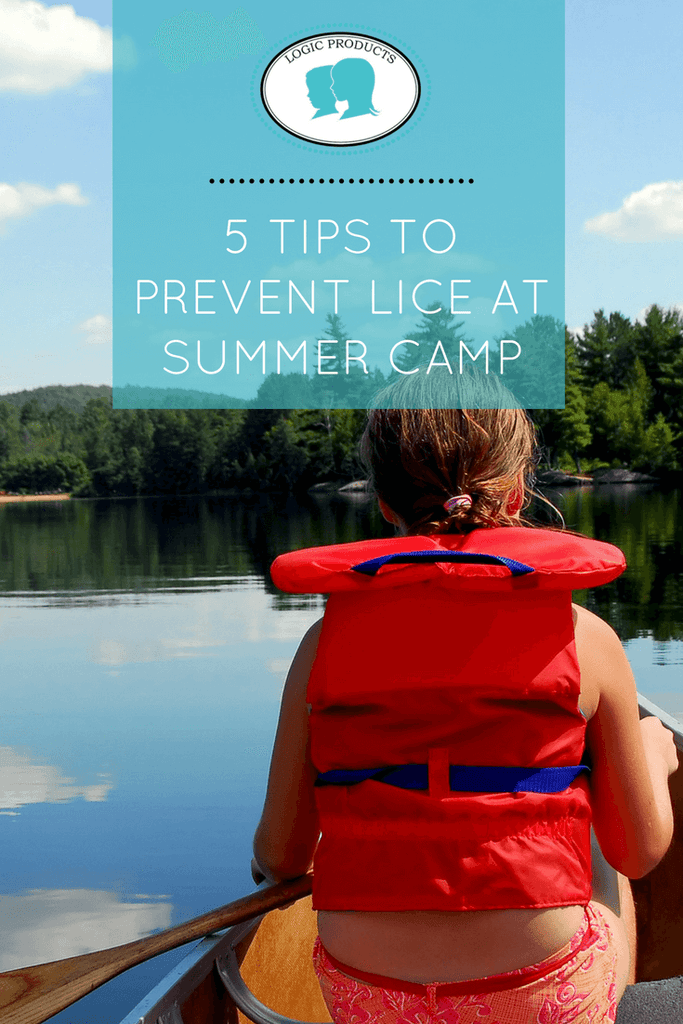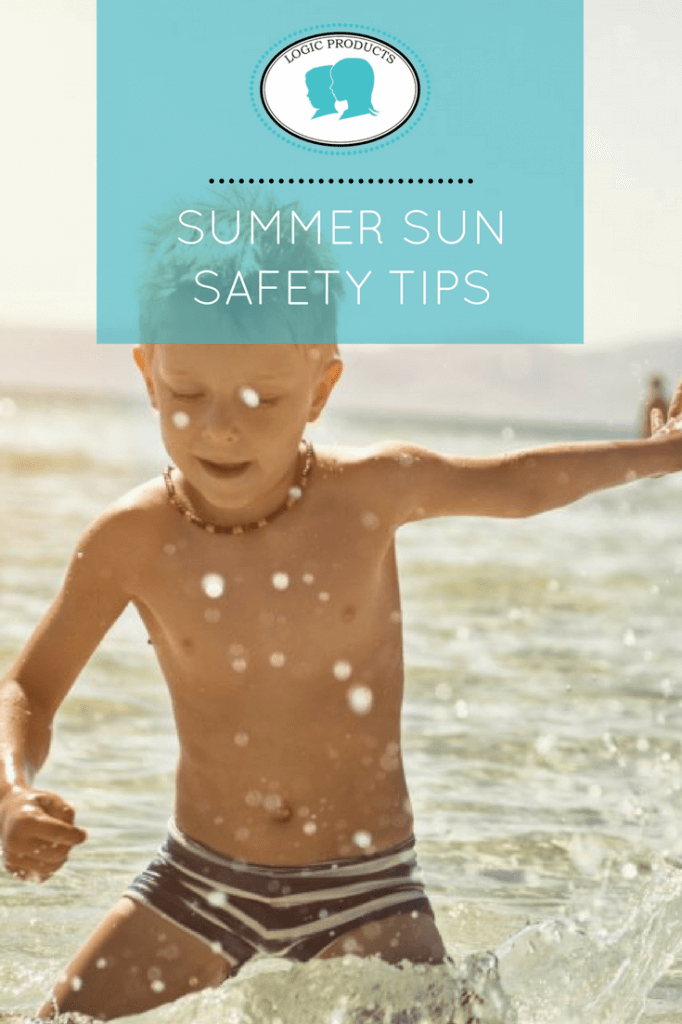School is almost out and the long and fun summer days are upon us! We love to spend a lot of time playing and splashing under the sun! Whether your kids are at the beach or running through a sprinkler in your backyard, it's important to understand the basics of sun protection for your family. We know that we can keep little ones safe from both UVA and UVB rays with sunscreen, but how do we choose the right one? There are so many options out there, yet it is clear that not all sunscreens are created equal. What should we be looking for as we scan the label for information? How often do we need to reapply? Should we look for water resistance too? We want to help take the guess work out of the equation and answer all of your questions, and provide you with our summer sun safety tips for babies and kids of all ages.
1. Choose the right sunscreen.
First, look for the words, "broad spectrum" on the label. Broad spectrum sunscreens protect against both types of harmful ultraviolet radiation: UVA and UVB. UVB rays will usually burn the top layers of the skin, resulting in redness, peeling, and blistering. UVA rays penetrate deep into the skin, causing premature aging, wrinkles, and suppression of the immune system. Both play a role in the development of skin cancer. Make sure the sunscreen you are choosing is at least water resistant (for swimming and sweat) with an SPF of 30 or higher. At SPF 15, you are blocking 93% of UVB radiation. At SPF 30, you're blocking 97%. The theory that many dermatologists stand by is that any SPF higher than 30 is a waste. However, a majority of people do not apply nearly as much sunscreen as they should, which is why you see SPF 50 or 80. Even though a sunscreen may have a higher SPF, it is not always more effective, especially if it wears off faster.
2. Should you choose Chemical Sunscreen or Physical Sunscreen? And what is the difference?
A chemical sunscreen absorbs into the skin and typically contains many artificial ingredients that are actually absorbed into the bloodstream. Retinyl palmitate, oxybenzone, and nanoparticles from zinc and titanium oxide all able to be absorbed by the skin. A physical sunscreen is much safer and actually sits on top of the skin to form a physical barrier to block the sun's rays. Look for one with 20% "non nano" zinc oxide which will not be absorbed into the bloodstream. Non nano means the particles will be too large to absorb into the skin.
3. Apply sunscreen generously and carefully.
According to the American Academy of Dermatology most adults do not apply enough sunscreen, so consider that fact when applying sunscreen to your little one. Look at your child's hands and estimate how much sunscreen they could hold with one hand cupped. That's generally how much it would take to cover their entire body, plus some extra for more exposed areas. Rub the sunscreen into the skin evenly and thoroughly. Apply before you let your children play outside, and make sure to not miss any spots such as the back of the neck and feet.
4. Reapply frequently.
Reapply your child's sunscreen every two hours and more frequently if your child is playing in water or is very active and sweating. Remember that "water resistant" does not have the same meaning as "waterproof". Water resistant means that the sunscreen will resist the penetration of water to some degree, but is not impervious to it. It won't wash away instantly like sunscreen without water resistance, but it will slowly wear off the skin over time. Better to apply too often than not often enough.
5. Time your outings.
Another great way to protect your little ones from the sun, especially if your children are quite fair-skinned, is to limit your outdoor adventures in high sun. The sun is at its strongest from 11 am to 4 pm. Since those hours occupy most of the day, it's best to break up you child's time in the sun with rest periods indoors or under the shade of a tree or umbrella.
6. Layer your child's sun protection.
Combine the protection of a broad spectrum SPF 30 sunscreen for kids with sunglasses, a wide-brimmed hat, a beach cover-up, or a light, breathable T-shirt, for extra protection while your little one plays in the sun. Sunglasses are especially important for your children since UVA rays cause vision loss and UVB rays cause cataracts over time.
There are numerous sunscreen options made specifically for kids, but we feel better about using a physical sunscreen without harmful chemicals that is non nano and also paraben, paba, and phthalate free. TotLogic Sunscreen is hypoallergenic for sensitive skin, water resistant for up to 80 minutes, and has 20% non nano zinc oxide as its active ingredient. It is also infused with soothing extracts of arnica, white tea, chamomile, and lavender along with nourishing hyaluronic acid, aloe, and jojoba to help keep delicate skin hydrated. TotLogic Sunscreen is perfect for adults too! For more tips and ideas for a happy green home, visit logicproducts.com and read our blog Logical Life.
Read more


